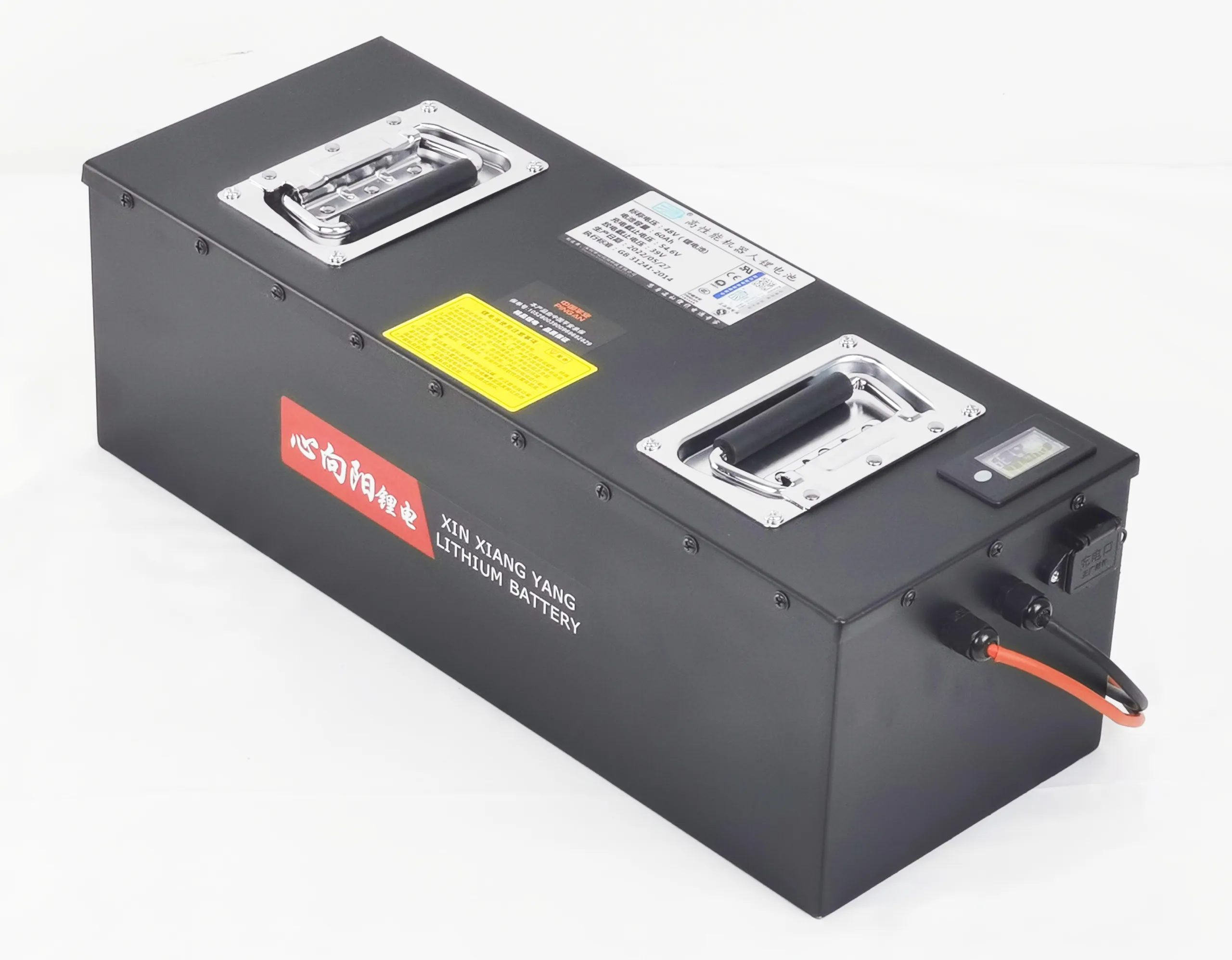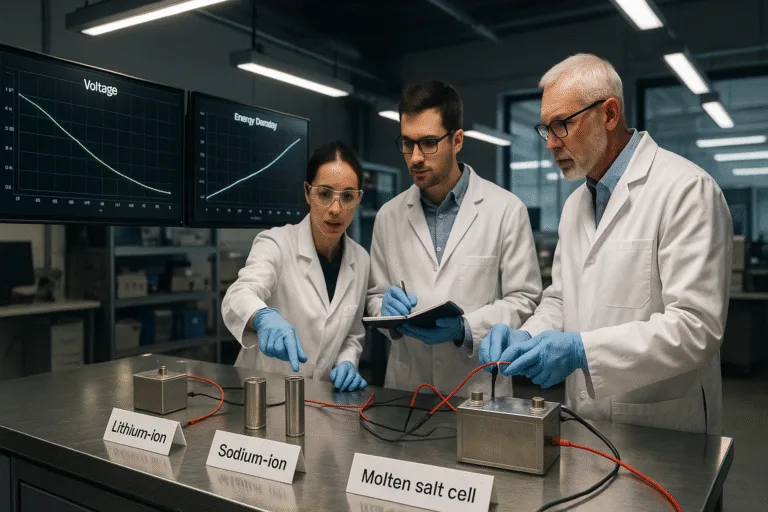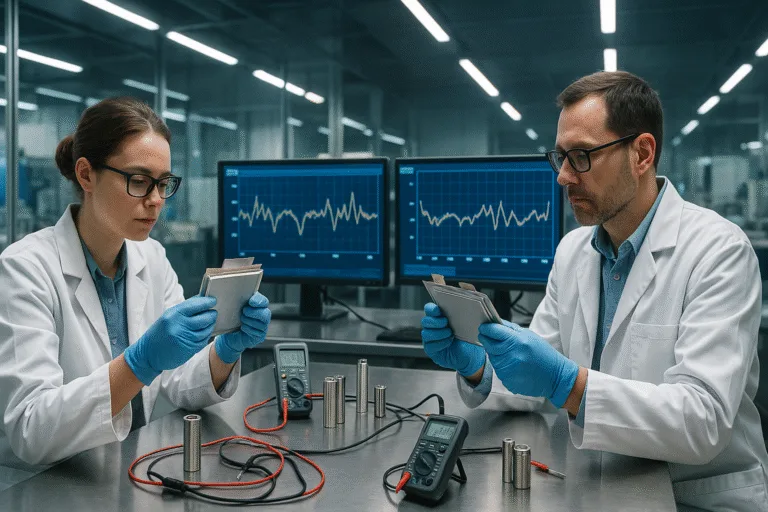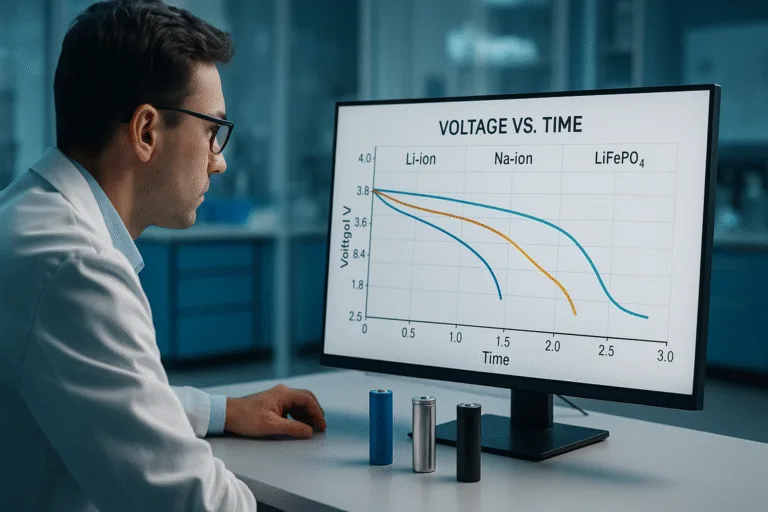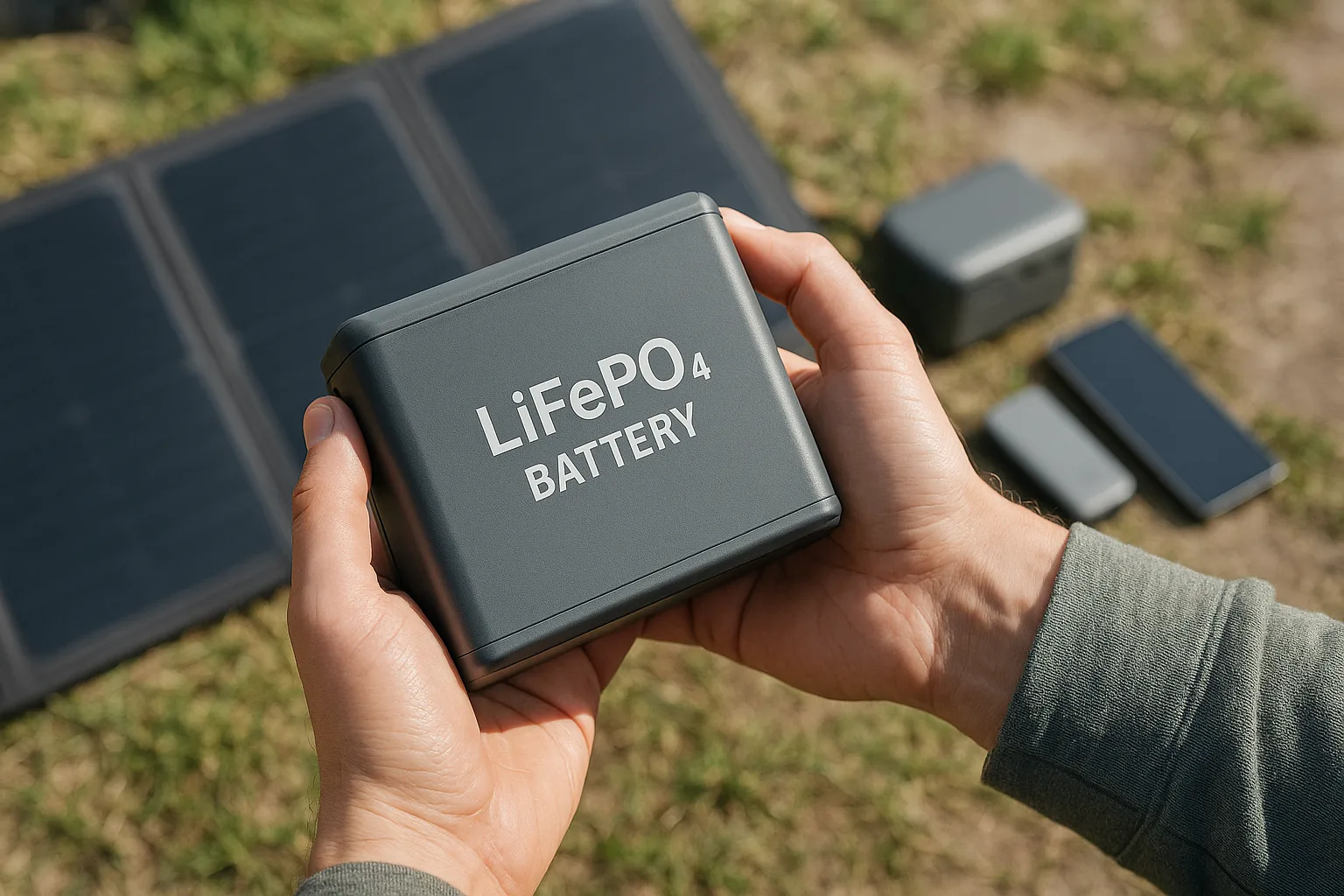
Are your devices constantly running out of power? Do you worry about battery safety? We know the frustration. Imagine a battery that lasts longer, charges faster, and keeps you safe.
A LiFePO₄ battery pack uses lithium iron phosphate as its cathode material. It works by moving lithium ions between the cathode and anode during charge and discharge cycles.
I remember the early days when traditional batteries felt unreliable. Then, I learned about LiFePO₄. It changed how I think about portable power. Let’s explore how these amazing batteries work for us.
What is a LiFePO₄ battery1 and how does it work?
Do you wonder what makes a LiFePO₄ battery different? Let’s break it down. Understanding its core helps us see its benefits.
A LiFePO₄ battery, or lithium iron phosphate battery2, is a type of rechargeable lithium-ion battery3. It operates through the movement of lithium ions between electrodes during charging and discharging.
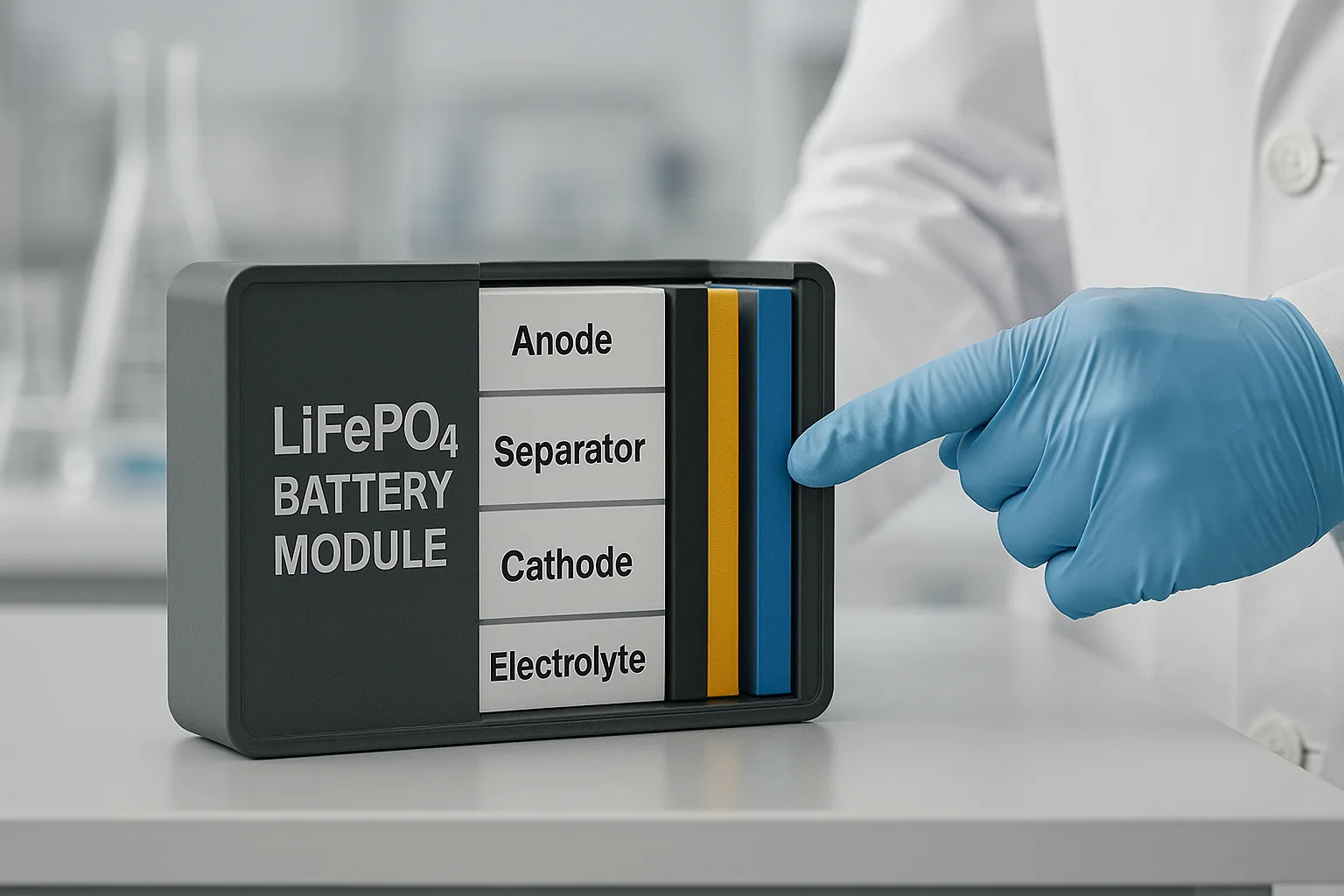
The Basic Building Blocks of a LiFePO₄ Battery
Every LiFePO₄ battery has key parts. These parts work together to store and release energy. I want to share how they connect.
- Cathode4: This is the positive electrode. In a LiFePO₄ battery, it is made from lithium iron phosphate. This material is very stable.
- Anode5: This is the negative electrode. It is usually made from carbon. Lithium ions move to and from here.
- Electrolyte6: This is a liquid or gel. It allows lithium ions to move between the cathode and anode. It does not conduct electrons.
- Separator7: This thin, porous sheet keeps the cathode and anode apart. It prevents short circuits while allowing ions to pass.
How LiFePO₄ Batteries Charge and Discharge
The process is simple. Lithium ions travel back and forth. This movement creates electric current.
- Charging: When you charge the battery, lithium ions move from the cathode to the anode. They store energy there.
- Discharging: When you use the battery, lithium ions move from the anode back to the cathode. This releases energy. It powers your device.
| Process | Ion Movement Direction | Energy State |
|---|---|---|
| Charging | Cathode to Anode | Stored |
| Discharging | Anode to Cathode | Released |
What are the common applications of LiFePO₄ batteries?
Are you curious where LiFePO₄ batteries are used? These batteries power many things around us. Their unique features make them ideal for diverse uses.
LiFePO₄ batteries are commonly used in electric vehicles8, e-bikes, solar energy storage systems9, and portable power stations. They also power medical devices and emergency lighting.
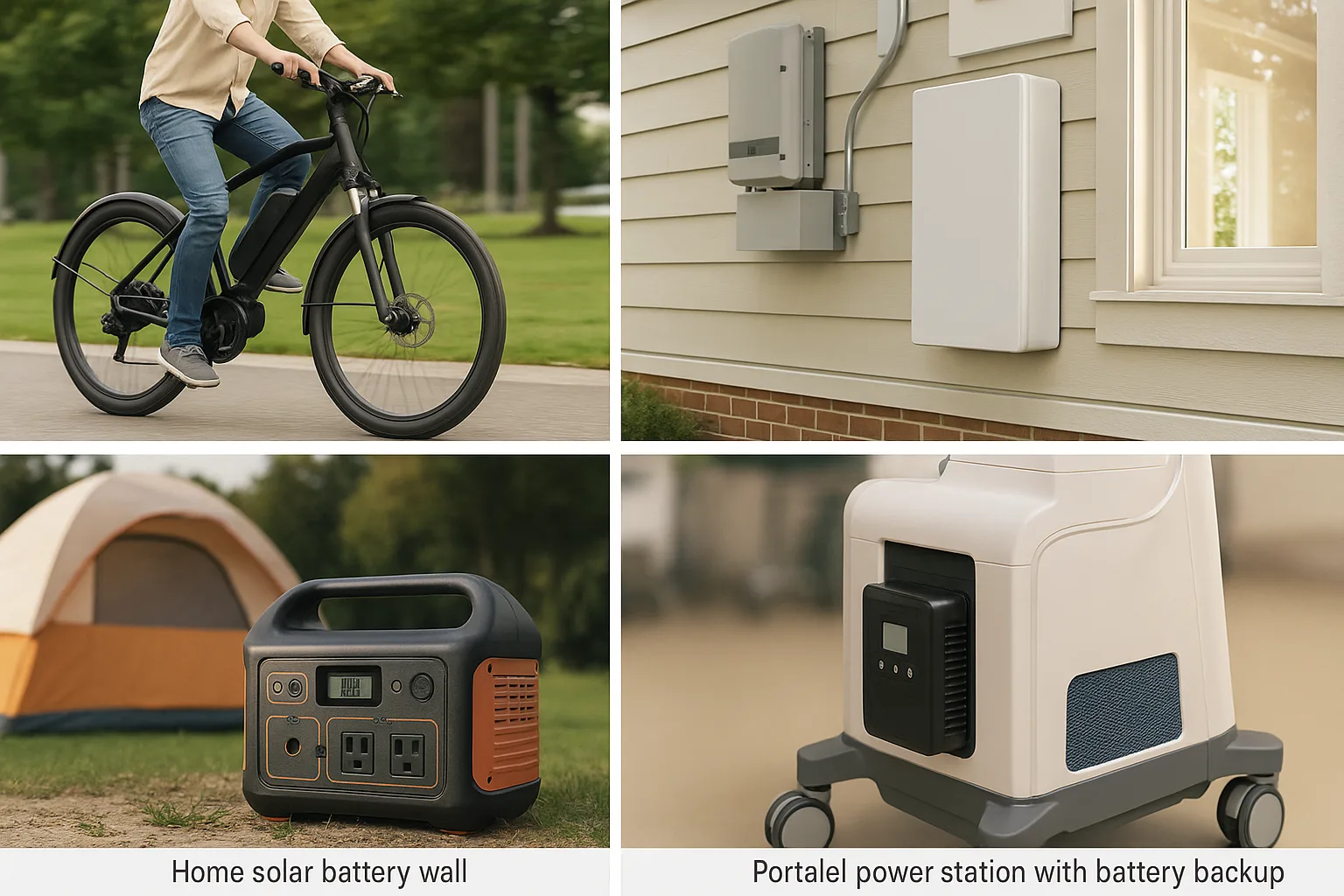
Powering Your Ride: E-Bikes and EVs
I see LiFePO₄ batteries in many e-bikes today. They offer a strong and safe power source. For electric vehicles, these batteries give good range and a long life. They help reduce our carbon footprint.
Storing Solar Energy
Many homes and businesses use solar panels. LiFePO₄ batteries store the energy from the sun. This means you have power even when the sun is not shining. I believe this is key for green energy.
Portable Power and More
Think about portable power stations. They use LiFePO₄ batteries. You can power tools or camp lights. Medical devices also rely on their stable power. Emergency lights often use them too. They provide reliable power when you need it most.
What are the advantages of LiFePO₄ battery technology compared to other lithium batteries?
Why choose LiFePO₄ over other lithium batteries? I often hear this question. The benefits are clear and important.
LiFePO₄ batteries offer higher safety, longer cycle life10, faster charging11, and a wider operating temperature12 range. They are also more environmentally friendly13 than other lithium-ion types.
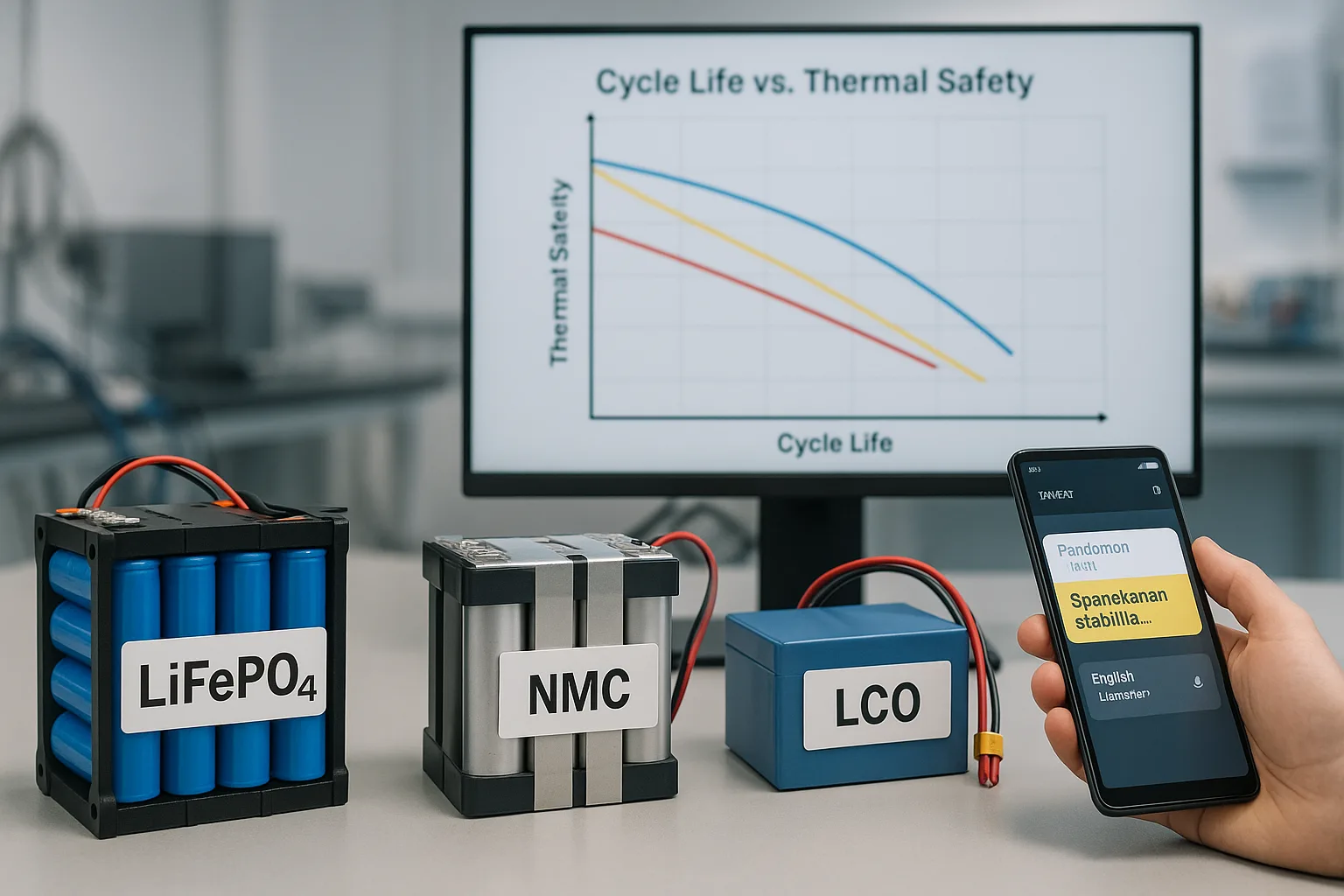
Enhanced Safety Features
Safety is my top concern. LiFePO₄ batteries are much safer. They are less likely to overheat or catch fire. This is because their chemical structure is more stable. I feel much better using them.
- Thermal Stability: They handle high temperatures better. This reduces the risk of thermal runaway.
- No Oxygen Release: Unlike some other chemistries, they do not release oxygen when damaged. This stops fires from spreading.
Longer Lifespan
These batteries last a very long time. They can go through thousands of charge and discharge cycles. This means you buy fewer batteries. It saves money in the long run. My own experience shows this.
| Battery Type | Typical Cycle Life (Cycles) |
|---|---|
| LiFePO₄ | 2,000 – 10,000+ |
| Lithium-ion (NMC) | 500 – 2,000 |
Faster Charging Capability
Who likes waiting for batteries to charge? LiFePO₄ batteries charge very quickly. This is a huge benefit for many applications. You spend less time waiting and more time doing.
Environmentally Friendlier
LiFePO₄ batteries use safer materials. They do not contain cobalt. Cobalt mining raises ethical and environmental concerns. Using LiFePO₄ helps reduce these issues. I believe in sustainable choices.
What does “LiFePO₄ battery adalah14” mean in technical context?
Have you seen "LiFePO₄ battery adalah" and wondered what it means? It is a common phrase. Let me explain it.
"LiFePO₄ battery adalah" is an Indonesian phrase that directly translates to "LiFePO₄ battery is" or "LiFePO₄ battery are" in English. In a technical context, it introduces a definition or explanation of the LiFePO₄ battery.
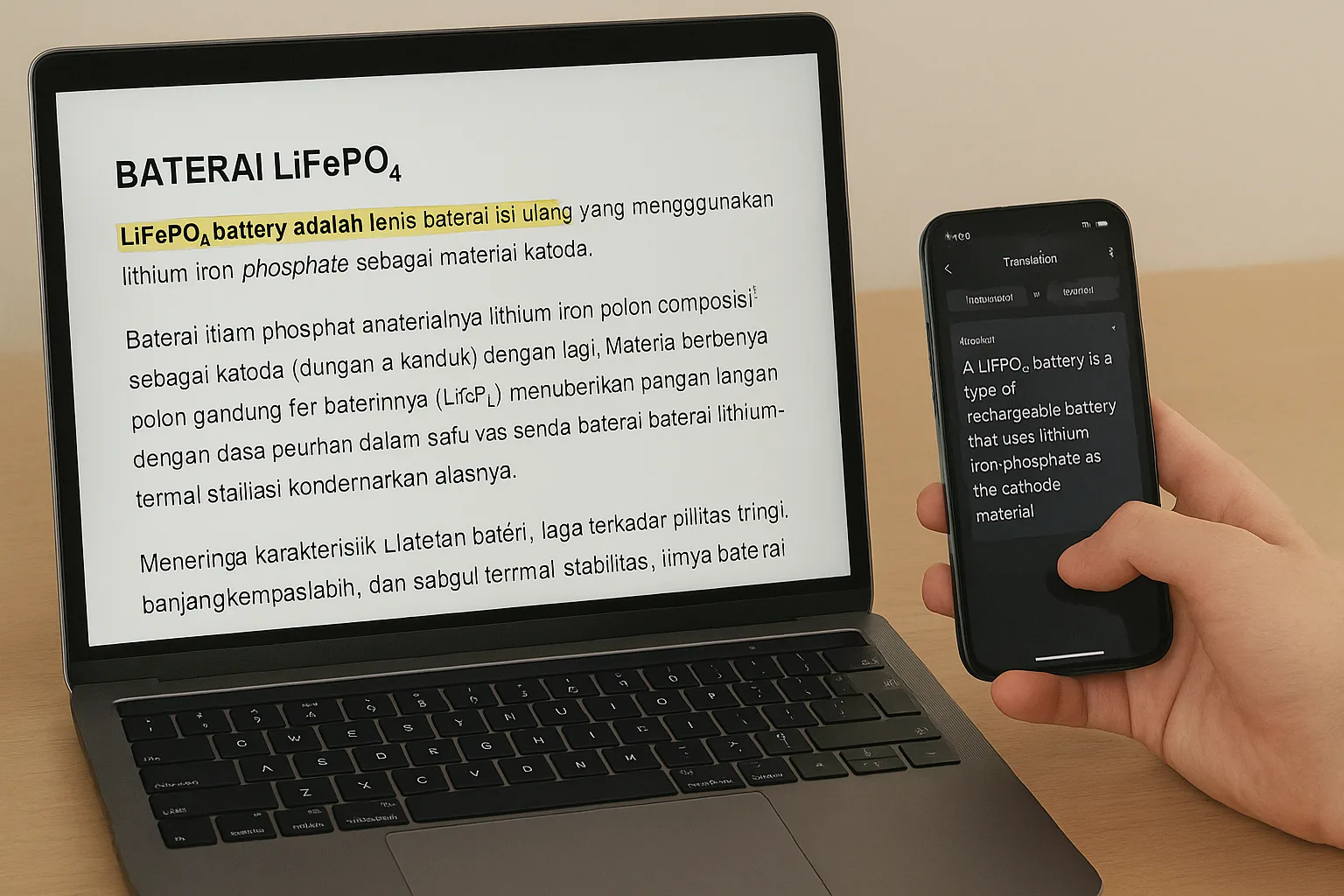
Understanding the Phrase
When you see "LiFePO₄ battery adalah" in a document, it usually means the text is about to define what a LiFePO₄ battery is. It is a very direct way to start a technical explanation. For example, a document might say, "LiFePO₄ battery adalah baterai lithium-ion yang menggunakan lithium iron phosphate sebagai katoda." This means, "A LiFePO₄ battery is a lithium-ion battery that uses lithium iron phosphate as a cathode."
Why it Matters in Technical Communication
This phrase helps set the stage for technical details. It tells the reader that a core concept will be explained. As an expert in lithium batteries, I often see this type of direct phrasing in technical manuals or specifications from various regions. It ensures clarity in global communication.
What is the typical operating temperature of a LiFePO₄ battery?
Do you worry about your battery in extreme weather? LiFePO₄ batteries handle various temperatures well. Knowing their operating range is important.
The typical operating temperature range for a LiFePO₄ battery is generally between -20°C to 60°C (-4°F to 140°F). They perform well in both cold and hot conditions.
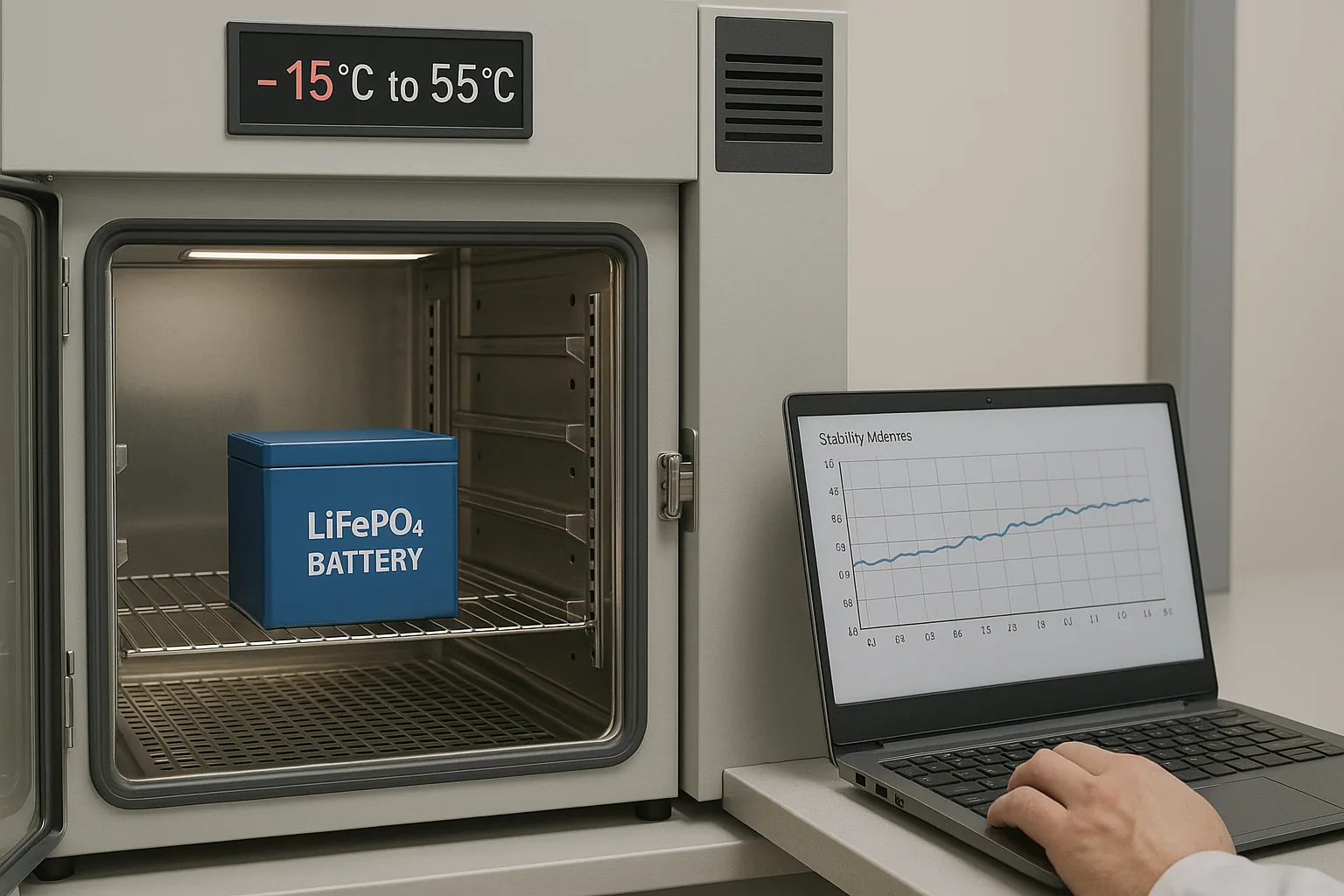
Performance in Cold Weather
Cold temperatures can affect battery performance. Some batteries lose power quickly. LiFePO₄ batteries perform better in the cold than many other lithium battery types. This is a big plus for outdoor use or in colder climates. I have seen them work reliably in winter.
Performance in Hot Weather
High temperatures can also be an issue. They can degrade battery life or even cause safety risks. LiFePO₄ batteries are very stable at high temperatures. This stability contributes to their safety and longer lifespan, even in warmer environments. They are a good choice for hot regions.
Ideal Charging and Storage Temperatures
While they operate in a wide range, there are ideal temperatures for charging and long-term storage.
- Charging Temperature: It is best to charge LiFePO₄ batteries between 0°C and 45°C (32°F and 113°F). Charging outside this range can affect battery life.
- Storage Temperature: For long-term storage, a cool, dry place is best. Temperatures around 20°C to 25°C (68°F to 77°F) are ideal. This helps maintain battery health.
Conclusion
LiFePO₄ batteries offer safety, long life, and wide temperature range. They are a smart choice for many power needs. I believe they power a more reliable and sustainable future.
-
Explore this link to understand the unique features and benefits of LiFePO₄ batteries. ↩
-
Learn about the advantages of lithium iron phosphate batteries and why they are preferred in many applications. ↩
-
Discover the workings of rechargeable lithium-ion batteries and their applications in modern technology. ↩
-
Understanding the cathode’s role can help you appreciate the battery’s efficiency and safety. ↩
-
Find out what materials are used for the anode and how they affect battery performance. ↩
-
Explore the critical role of the electrolyte in battery performance and efficiency. ↩
-
Learn how separators enhance battery safety and performance. ↩
-
Discover the impact of LiFePO₄ batteries on the electric vehicle industry and their benefits. ↩
-
Explore how LiFePO₄ batteries optimize solar energy storage for homes and businesses. ↩
-
Understand the significance of cycle life in battery selection and longevity. ↩
-
Learn about the technology behind faster charging in LiFePO₄ batteries. ↩
-
Learn about the temperature resilience of LiFePO₄ batteries and their performance in extreme conditions. ↩
-
Discover the environmental benefits of using LiFePO₄ batteries over traditional options. ↩
-
Gain insights into the technical terminology surrounding LiFePO₄ batteries. ↩

